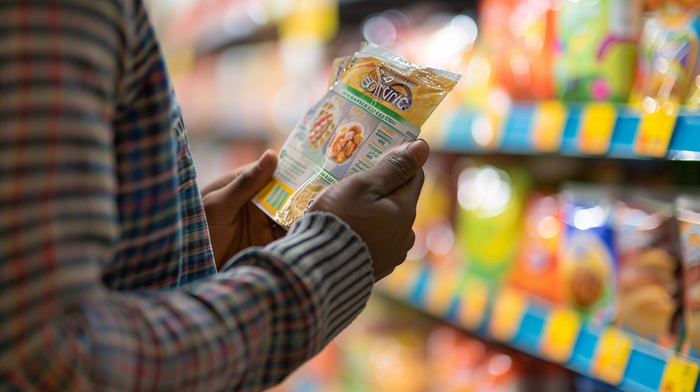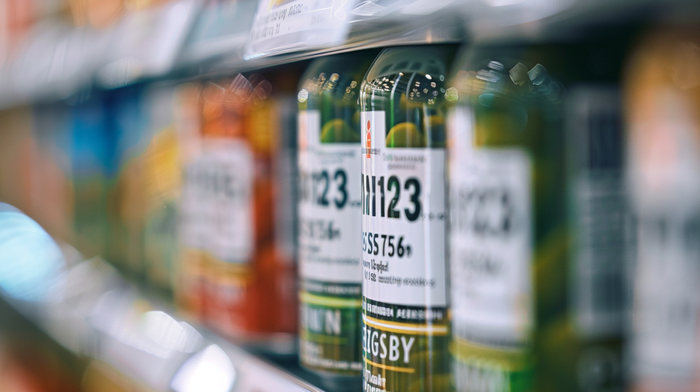How to read product labels to eat healthier?

Reading food labels can seem as complicated a task as deciphering ancient hieroglyphics. However, knowing how to correctly interpret information on packaging is crucial to making informed decisions about our health and nutrition. In today's world, full of processed foods and complex ingredients, this skill is becoming essential. In this article, we'll look at how to read product labels to choose the healthiest options.
Understanding the list of ingredients
The first step in reading labels is to pay attention to the list of ingredients. Ingredients on the label are listed in descending order - from largest to smallest amount. If the first ingredient is sugar, glucose-fructose syrup or another type of sweetener, it may mean that the product is highly processed and contains a lot of added sugar. Look for products where whole grains, fruits, vegetables or lean proteins are at the top of the list.

Understanding nutritional information
Another important part of the label is the nutritional table. It contains information about the calorie content of the product, the amount of fats, carbohydrates (including sugars) and proteins. It is crucial to pay attention not only to the total calorie count, but also to the type and quality of the nutrients. For example, a product may be low in calories, but contain a lot of sugar and little protein, which does not make it a good choice for someone trying to eat healthy.
Portions and serving sizes
Many people don't realize that the nutritional information on the label refers to a specific serving size, which is often much smaller than what we actually consume. Paying attention to serving sizes and the number of servings in a package is essential to accurately assess how many calories and nutrients we are actually consuming. If we ignore this information, we can easily exceed the recommended daily intake of calories and nutrients.

Checking expiration dates
Expiration dates are another important element to pay attention to when reading labels. Food products, especially fresh ones, have a limited shelf life. Consuming products past their expiration dates can be hazardous to your health. Always check the dates to make sure the product is fresh and safe to eat.

Avoiding marketing pitfalls
Manufacturers often use a variety of marketing tricks to convince consumers to buy their products, even if they are not the healthiest choice. Terms such as "natural," "no added sugar" or "rich in fiber" can be misleading. It's important not to go by just the promises on the package, but to carefully check the ingredient list and nutritional table to make sure the product actually meets our expectations for a healthy diet.
Summary
Reading food labels is an essential skill for anyone who wants to eat healthily and make informed product choices. Paying attention to ingredient lists, nutritional tables, serving sizes, expiration dates and avoiding marketing traps are key aspects that will help you make better food choices. Remember that healthy eating starts at the store, with choosing the right products.




